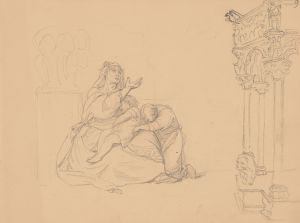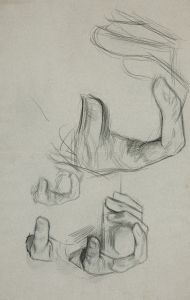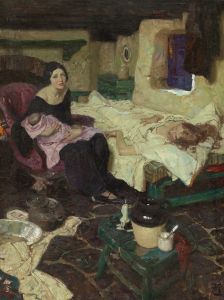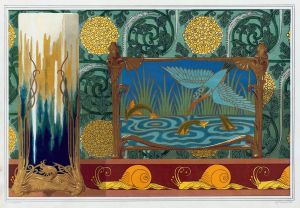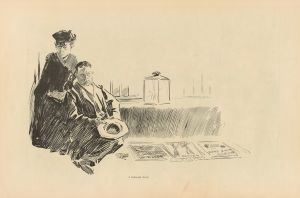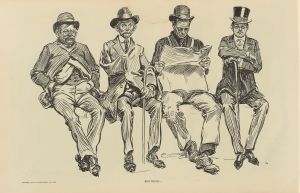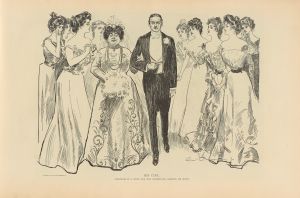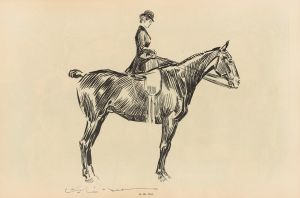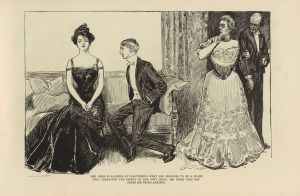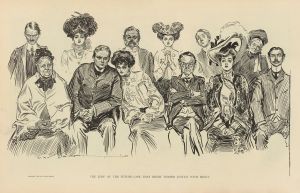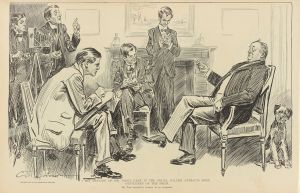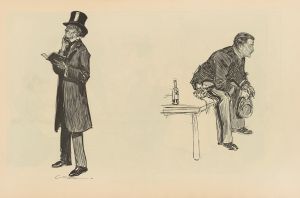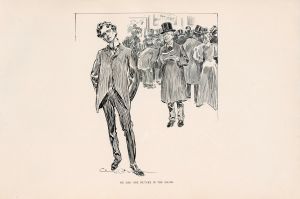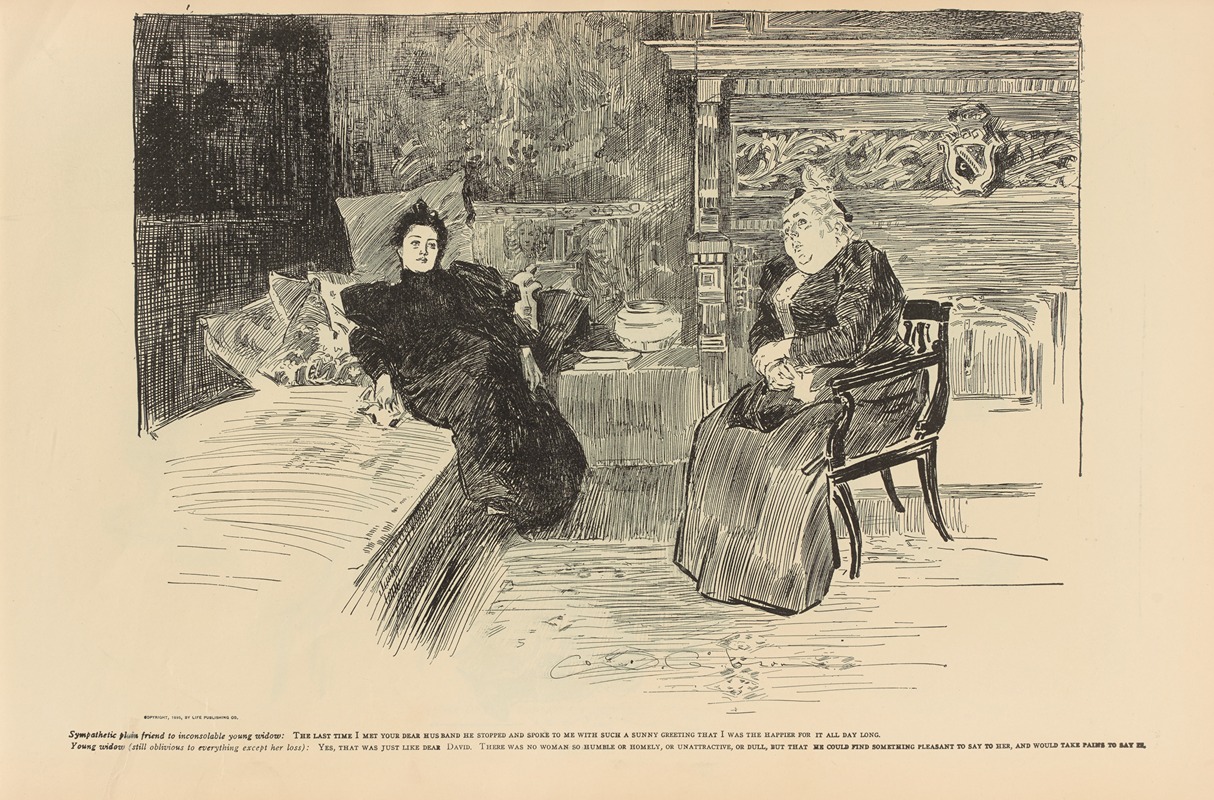
Sympathetic plain friend to inconsolable young widow
A hand-painted replica of Charles Dana Gibson’s masterpiece Sympathetic plain friend to inconsolable young widow, meticulously crafted by professional artists to capture the true essence of the original. Each piece is created with museum-quality canvas and rare mineral pigments, carefully painted by experienced artists with delicate brushstrokes and rich, layered colors to perfectly recreate the texture of the original artwork. Unlike machine-printed reproductions, this hand-painted version brings the painting to life, infused with the artist’s emotions and skill in every stroke. Whether for personal collection or home decoration, it instantly elevates the artistic atmosphere of any space.
Charles Dana Gibson was an influential American illustrator best known for his creation of the "Gibson Girl," an iconic representation of the American woman at the turn of the 20th century. His illustrations were widely published in magazines such as Life, Harper's Weekly, and Scribner's, and they played a significant role in shaping the visual culture of the era.
One of Gibson's notable works is "Sympathetic Plain Friend to Inconsolable Young Widow." This illustration, like many of Gibson's works, captures a moment of social interaction with a keen eye for detail and a subtle sense of humor. The drawing depicts a scene involving two women: a young widow, who is visibly distressed, and her sympathetic friend, who is portrayed as plain in appearance but earnest in her attempt to console.
Gibson's illustrations often explored themes of social dynamics, gender roles, and the nuances of human relationships. In this particular work, the contrast between the two women is emphasized, highlighting the societal perceptions of beauty and the roles women were expected to play. The "plain friend" is depicted with a sincerity that suggests her genuine concern, while the "inconsolable young widow" embodies the dramatic emotional expression that was often associated with femininity in Gibson's era.
The "Gibson Girl" was a cultural phenomenon, representing an idealized version of American womanhood that was independent, confident, and socially active. While "Sympathetic Plain Friend to Inconsolable Young Widow" does not feature a typical Gibson Girl, it still reflects Gibson's interest in the complexities of female identity and social expectations.
Gibson's work was characterized by its precise linework and attention to detail, capturing the fashions and social mores of the late 19th and early 20th centuries. His illustrations were not only artistic expressions but also commentaries on the changing roles of women in society. The humor and insight in his work resonated with audiences, making him one of the most popular illustrators of his time.
"Sympathetic Plain Friend to Inconsolable Young Widow" is an example of how Gibson used his art to explore the subtleties of human emotion and interaction. The illustration invites viewers to consider the nature of friendship, empathy, and the societal pressures faced by women. Through his work, Gibson offered a window into the social fabric of his time, capturing both the elegance and the challenges of the era.
Overall, Charles Dana Gibson's illustrations remain significant for their artistic merit and their reflection of the cultural attitudes of the early 20th century. "Sympathetic Plain Friend to Inconsolable Young Widow" is a testament to Gibson's ability to convey complex social themes with clarity and wit, making it a valuable piece in the study of American illustration and cultural history.





